As a boy I had a fascination for Arctic explorers; Nansen, Nordenskjold, Peary, Franklin Cook, and a Scot by the name of John Rae. Many years later when working as an interpretive tour guide at Denali National Park in Central Alaska I found myself working alongside Yupiks, Athabascan and Aleuts and was reminded that as my boyhood heroes pushed north in their clunky wooden-hulled ships in search of that elusive Northwest Passage they encountered people already living on that frigid landscape and who had been for thousands of years.
Where did they come from? When did they arrive and how did they get there?
The classic story I learned at school was that first Americans crossed the land-bridge 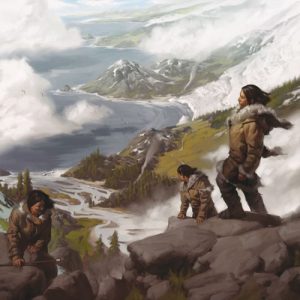 (Beringia) from Siberia at a time of warmer interglacial climate around 11,000-14, 000 years ago.
(Beringia) from Siberia at a time of warmer interglacial climate around 11,000-14, 000 years ago.
However, this is assertion is increasingly being challenged by recent archaeological finds.
What is emerging is evidence of a much earlier arrival than previously thought at a time of `Glacial Maximum’ when the `land-bridge’ was buried under kilometre thick ice sheets.
Who were these men and women – these nameless explorers of prehistory – and could they really have crossed a Beringian ice-cap?
Anatomically they were the same as you or I but what did they wear, how did they navigate, how did they survive such hostile conditions?
What were their hopes, dreams, aspirations and fears as they pushed further and further into an increasingly hostile environment? Were they driven by the pursuit of something new and better or fleeing from something bad?
Or is it simply that the urge to make ‘split-infinite journeys’ and “boldly go where no-one has gone before” is inherent in us as a species. That pull of the far horizon, to explore, took us out of Africa and remains with us today as we plan to colonise other planets.
The more one delves into what we know of these earliest of Arctic explorer/colonisers one can’t help but admire the tenacity, resilience and bravery they must surely have had to cross from Asia to Alaska and down through the Americas.
Until recently the commonly held theory was that the first human inhabitants of the Americas arrived somewhere around 11,000 years ago. Known as the Clovis people after a characteristic type of stone tool first found at a site in Clovis, New Mexico in the 1930’s their stone tools have subsequently been found across the Americas.
Then, in the 1990’s evidence began emerging from a number of sites of earlier 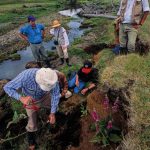 occupation, the most famous and controversial being the Monte Verde site way down in Southern Chile. Monte Verde sparked intense controversy within the archaeological community as it claimed evidence of occupation as early as 14,500-18,500 years ago. To have reached Southern Chile by then those first colonisers would have had to have crossed Beringia much earlier than previously thought. ‘’Not possible” say the glaciologists! Beringia would have been covered in kilometre deep ice sheets at that time.
occupation, the most famous and controversial being the Monte Verde site way down in Southern Chile. Monte Verde sparked intense controversy within the archaeological community as it claimed evidence of occupation as early as 14,500-18,500 years ago. To have reached Southern Chile by then those first colonisers would have had to have crossed Beringia much earlier than previously thought. ‘’Not possible” say the glaciologists! Beringia would have been covered in kilometre deep ice sheets at that time.
Could they have snuck around the southern coast of Beringia? Perhaps these tenacious early colonisers coastal hopped up the east coast of Asia, round to the Alaskan Archipelago, down the British Columbian coast to California, Mexico and beyond to South America.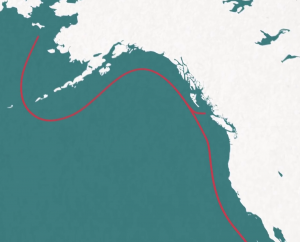
This Coastal-Settlement Theory is gaining more and more traction with archaeologists as new sites are discovered.
Sea levels at that time of Glacial Maximum would have been up to 120 metres lower exposing many coves, beaches and islands submerged today. The single longest sea journey might well have been less than 200km.
Marine Archaeology is challenging at the best of time but nowhere more so that around the Bering Sea and Alaskan coast, so gathering evidence for the coastal- settlement theory remains challenging. While only a few coastal sites have been found dating from about 11000-15000 years ago the search continues as new archaeological techniques and technology develops.
What we do know is that as early as 60, 000 years ago proto-Melanesians were a seafaring people. There is evidence of voyages of 150- 450 km by 32,000 years ago. All of which supports the idea of a possible coastal settlement path up the coast of Asia and across to the Alaskan Coast of the Americas.
The Chiquihuite Cave Site
Now a newly discovered site in Mexico has pushed the arrival of the first Americans 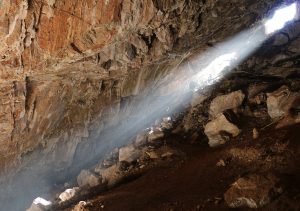 back even further -a whole 15,000 years earlier than previously thought!
back even further -a whole 15,000 years earlier than previously thought!
Chiquihuite Cave is located far inland in a remote mountainous region at a height of nearly 3000m. Over 2000 stone tools have been unearthed along with other evidence that push the arrival of the first Americans back to 25,000-30,000 years ago!
“We don’t know who they were, where they came from or where they went. They are a complete enigma. We falsely assume that the indigenous populations in the Americas today are direct descendants from the earliest Americans, but now we do not think that is the case.
By the time the famous Clovis population entered America, the very early Americans had disappeared thousands of years before. There could have been many failed colonisations that were lost in time and did not leave genetic traces in the population today”. Says Archaeologist Dr. Ciprian Ardelean.
No human remains or DNA has yet been found at this site so it is not possible to know for sure the genetic lineage to possible founder populations in Siberia and Beringia.
The traditional view that most Native Americans (in both North and South America) are mainly descended from the same ancient peoples that most Chinese, Japanese and other East Asians are descended from is now also being challenged by recent genomic research. This suggests that the initial peopling of the Americas was probably carried out by a different group of people partly related to ancestors of modern-day Australian aborigines, Papua New Guineans, Andaman Islanders and Mamanwa people from the Philippines.
Whether those early explorer colonisers fought their way on foot across expansive glaciers and down an ice-free corridor within Alaska or battled stormy seas around the fringes of a frigid Beringia they must have been remarkably tough and resilient individuals and communities.
The individual identities of the very first to make the crossing will remain forever unknown. Since we have no Nansen, Nordenskjold or Peary to be our Arctic explorer heroes from that era we are left with a collective reverence for an unknown people who had the tenacity, endurance, drive and fortitude to make the toughest migration since our species walked out of Africa somewhere around 80,000 years ago.
Sources & Further Reading:
YouTube Links:
Most archaeologists think the first Americans arrived by boat. Now, they’re beginning to prove it
https://www.youtube.com/watch?time_continue=6&v=CmxhFgpIacI&feature=emb_logo
How the First Americans Got There
https://www.youtube.com/watch?v=5dyjZBJt-Yg
Landmark find rewrites world’s prehistory as it is currently known
https://www.independent.co.uk/news/science/archaeology/archaeology-discovery-americas-us-human-story-prehistory-a9632161.html
Earliest humans stayed at the Americas ‘oldest hotel’ in Mexican cave
https://www.sciencedaily.com/releases/2020/07/200722112726.htm
Evidence of human occupation in Mexico around the Last Glacial Maximum
Ciprian F. Ardelean, Lorena Becerra-Valdivia, […]Eske Willerslev : Nature (2020)
https://www.nature.com/articles/s41586-020-2509-0
Illustration credits:
1. Tyler Jacobsen
2. Kenneth Garrett
3. Chris Burns
4. Dr. Ciprian Andelean





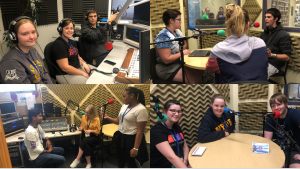

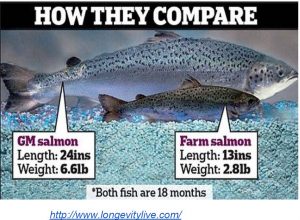
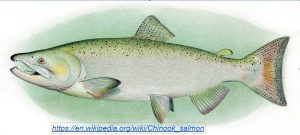
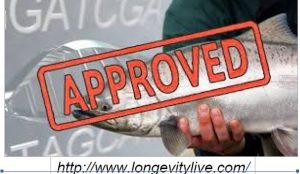


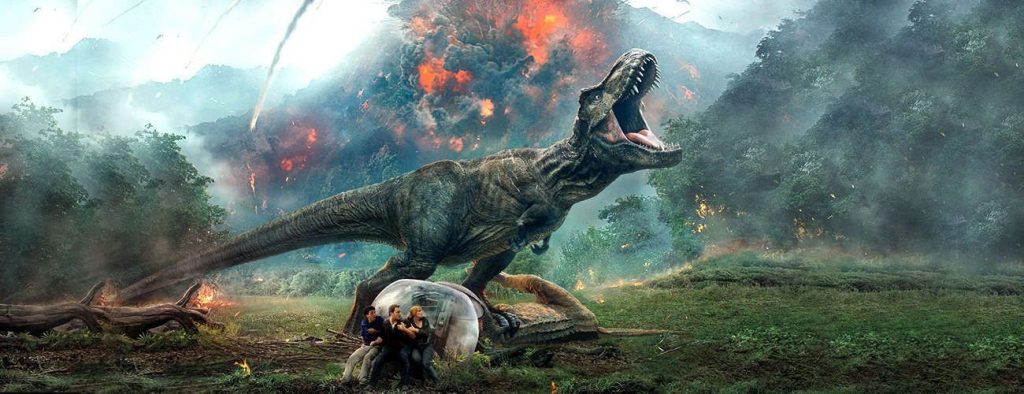
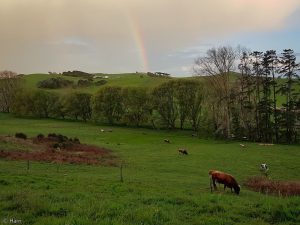
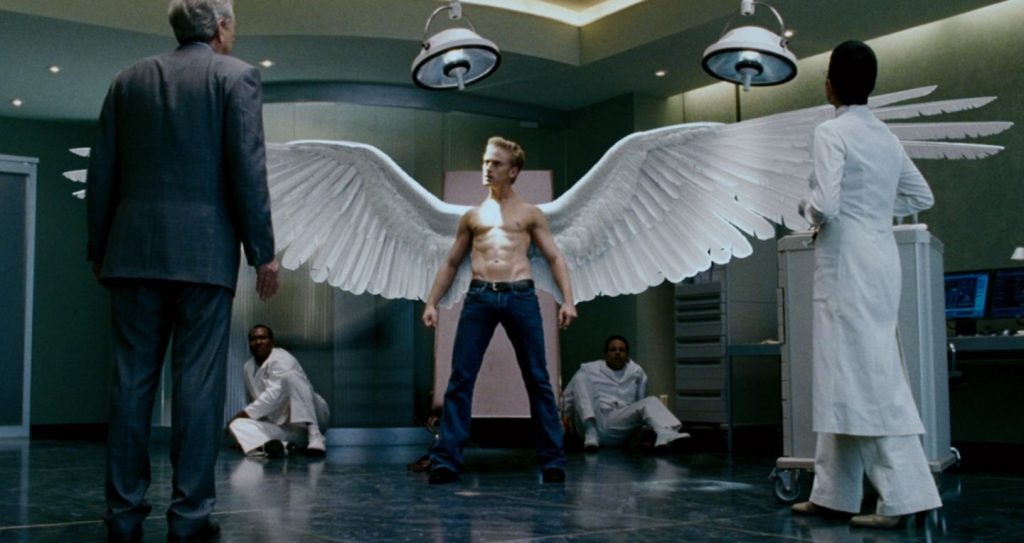


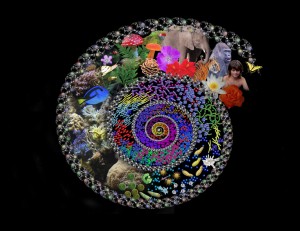
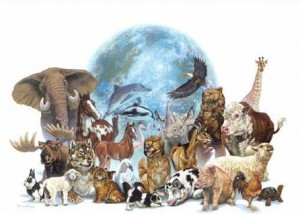


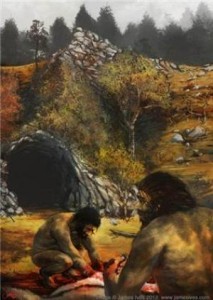
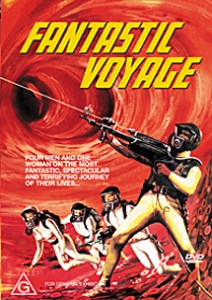
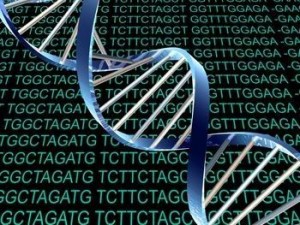 A more sedate way to get to grips with Protein synthesis
A more sedate way to get to grips with Protein synthesis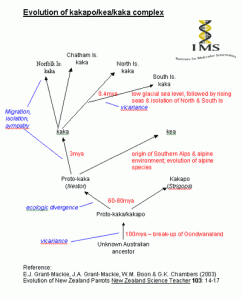 Struggling to get your head around role of polyploidy in speciation, adaptive radiation and such like?
Struggling to get your head around role of polyploidy in speciation, adaptive radiation and such like?
 This achievement standard
This achievement standard
Recent Comments